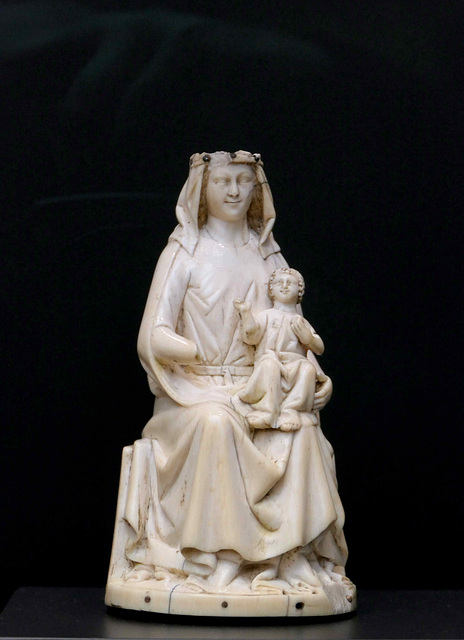Hannover - Landesmuseum
Hannover - Landesmuseum
Hannover - Landesmuseum
Hannover - Landesmuseum
Hannover - Landesmuseum
Hannover - Landesmuseum
Hannover - Landesmuseum
Hannover - Landesmuseum
Hannover - Landesmuseum
Hannover - Landesmuseum
Hannover - Landesmuseum
Hannover - Landesmuseum
Hannover - Landesmuseum
Hannover - Landesmuseum
Hannover - Landesmuseum
Hannover - Landesmuseum
Hannover - Landesmuseum
Hannover - Landesmuseum
Hannover - Landesmuseum
Hannover - Marktkirche (PiP)
Hannover - Marktkirche
Hannover - Marktkirche
Hannover - Markthalle
Hannover - Landesmuseum
Hannover - Landesmuseum
Hannover - Landesmuseum
Holtensen - Vending Machine
Holtensen - Vending Machines
Hannover - Waschsalon
Hannover - Das AbendMahl
Hannover - Das AbendMahl
Hannover - Das AbendMahl
Hannover - Lancia Appia GTE Zagato
Hannover - Lancia Appia GTE Zagato
Hannover - Sprengel Museum
Hannover - Sprengel Museum
Hannover - Sprengel Museum
Hannover - Sprengel Museum
Hannover - Sprengel Museum
Hannover - Sprengel Museum
Hannover - Sprengel Museum
Hannover - Sprengel Museum
Hannover - Sprengel Museum
Hannover - Sprengel Museum
Hannover - Sprengel Museum
Location
Lat, Lng:
You can copy the above to your favourite mapping app.
Address: unknown
You can copy the above to your favourite mapping app.
Address: unknown
Keywords
Authorizations, license
-
Visible by: Everyone -
All rights reserved
-
5 visits
Hannover - Landesmuseum


With more than 500.000 inhabitants Hannover is the capital and largest city of the German state of Lower Saxony.
Hannover was founded in medieval times on the east bank of the River Leine. It was a small village of ferrymen and fishermen. It became a comparatively large town in the 13th century, receiving town privileges in 1241, owing to its position at natural crossroads It was connected to the Hanseatic city of Bremen by the Leine and was situated north-west of the Harz mountains so that east-west traffic passed through it.
Between 1714 and 1837 three kings of Great Britain were concurrently also Electoral Princes of Hanover.
As an important railway and road junction and production centre, Hannover was a major target for strategic bombing during WW II. More than 90% of the city centre was destroyed in a total of 88 bombing raids. So today Hannover lacks it´s medieval heart.
Originally the Museum of "Kunst und Wissenschaft" (art and science) inaugurated in 1856 in the presence of George V of Hanover. After the annexation of Hanover by Prussia, the museum was integrated into the Provincial Museum, as it was called from 1869. The museum ran out of space for its art collections, prompting the construction of the current building in 1902. Extensive renovations and modernisations were carried out in the interior from 1995 to 2000, reopening on 13 May 2000 as part of Expo 2000.
Today the museum comprises the state gallery (Landesgalerie), featuring paintings and sculptures from the Middle Ages to the 20th century, and departments of archaeology, natural history and ethnology.
Madonna, ivory, c 1280/90, France (?)
Hannover was founded in medieval times on the east bank of the River Leine. It was a small village of ferrymen and fishermen. It became a comparatively large town in the 13th century, receiving town privileges in 1241, owing to its position at natural crossroads It was connected to the Hanseatic city of Bremen by the Leine and was situated north-west of the Harz mountains so that east-west traffic passed through it.
Between 1714 and 1837 three kings of Great Britain were concurrently also Electoral Princes of Hanover.
As an important railway and road junction and production centre, Hannover was a major target for strategic bombing during WW II. More than 90% of the city centre was destroyed in a total of 88 bombing raids. So today Hannover lacks it´s medieval heart.
Originally the Museum of "Kunst und Wissenschaft" (art and science) inaugurated in 1856 in the presence of George V of Hanover. After the annexation of Hanover by Prussia, the museum was integrated into the Provincial Museum, as it was called from 1869. The museum ran out of space for its art collections, prompting the construction of the current building in 1902. Extensive renovations and modernisations were carried out in the interior from 1995 to 2000, reopening on 13 May 2000 as part of Expo 2000.
Today the museum comprises the state gallery (Landesgalerie), featuring paintings and sculptures from the Middle Ages to the 20th century, and departments of archaeology, natural history and ethnology.
Madonna, ivory, c 1280/90, France (?)
- Keyboard shortcuts:
Jump to top
RSS feed- Latest comments - Subscribe to the comment feeds of this photo
- ipernity © 2007-2025
- Help & Contact
|
Club news
|
About ipernity
|
History |
ipernity Club & Prices |
Guide of good conduct
Donate | Group guidelines | Privacy policy | Terms of use | Statutes | In memoria -
Facebook
Twitter

Sign-in to write a comment.